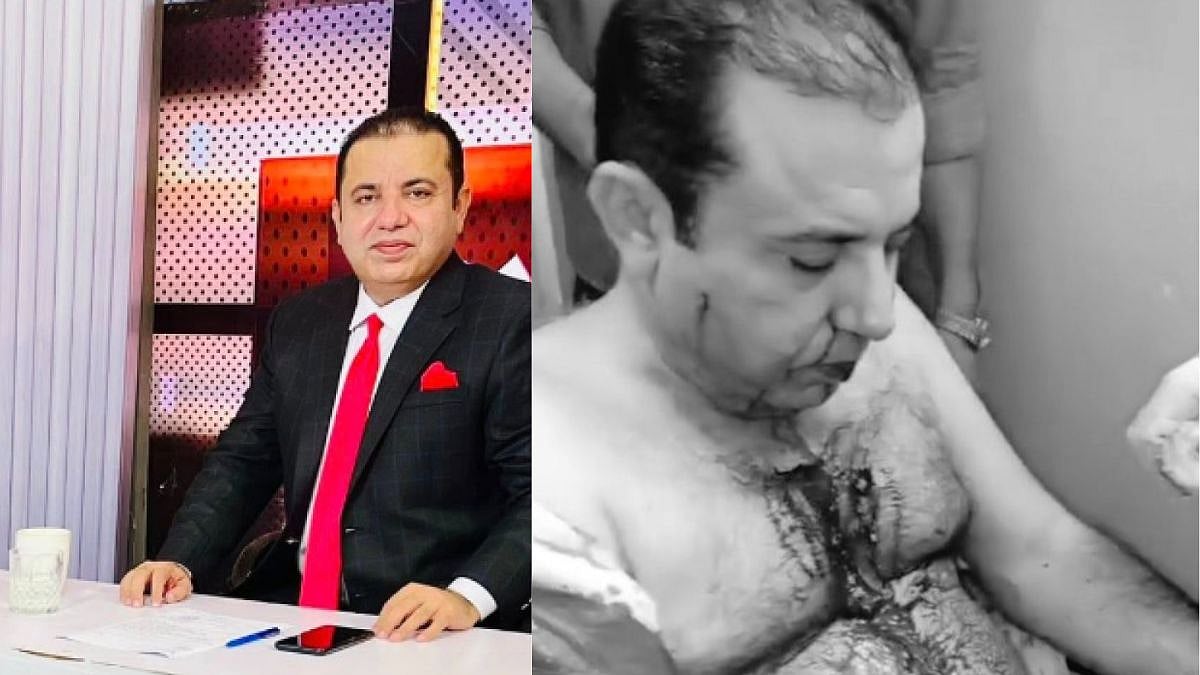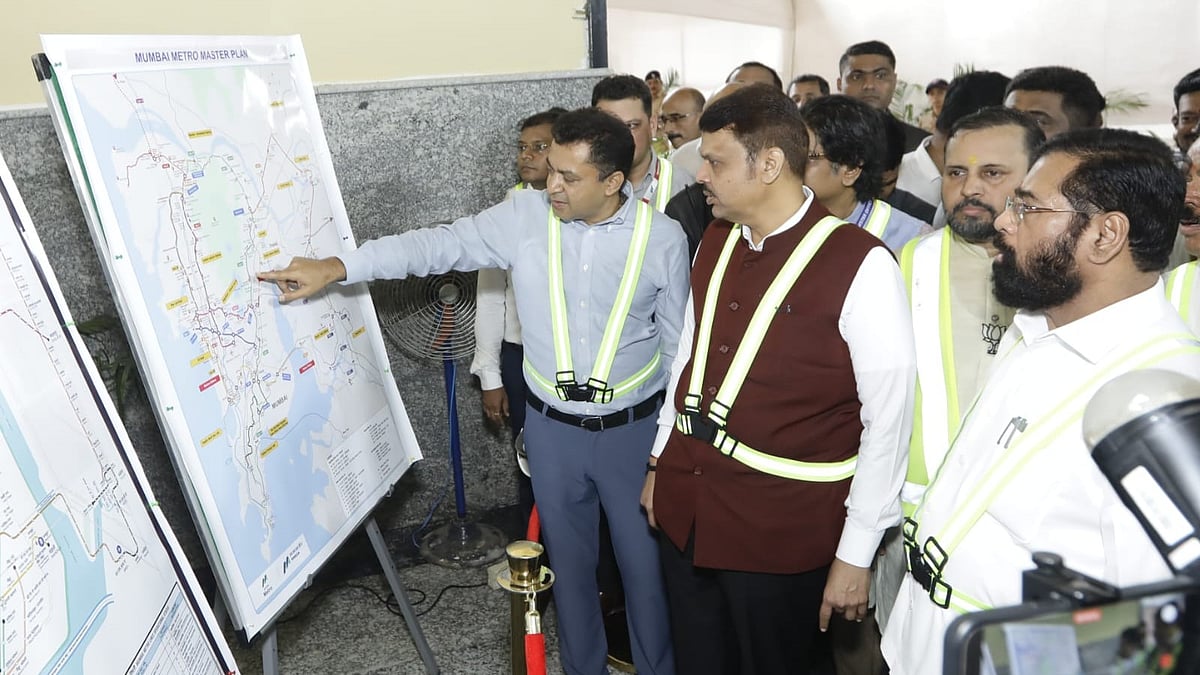A man who loves his city, having seen it through its highs and lows. That is Gerson da Cunha, poised and erudite even at 90. With a mind, razor sharp, he was recently at the Bandra Gymkhana, part of the Cultural section-organised ‘The Bombay We Knew’, by adman Roger Pereira, who is also Trustee and Chairman, Disciplinary Committee of the Gymkhana.
Recalling fond memories at the session, Gerson was a veritable encyclopedia. He read his poem Bombay Wallah taken from So Far: A Collection of Poems by Gerson da Cunha. It takes you through the labyrinth of a city gone by... from business, to theatre to music. It lulls you into a world of jazz which he says was comparable to that of New York in the Sixties, to the many Italian cafes and confectioneries – Cornaglia, Mongini, Comba, Bertorellis and, a bit later, Bombelli.
“I remember my city 50 years ago for the daily washing of its streets with chlorinated water. I remember my home in Mazgaon, one of the original hills of Bombay. Each evening, you could hear the animals at feeding time in Victoria Gardens Zoo, two miles away as the lion roars. Not any more. You hear only the bellow and snarl of traffic. We had our own gardens, as a matter of fact, with a great peepul, a raintree and an acacia among a dozen fruit-bearing trees. It was a welcoming, hopeful city in a newly free nation.”
Seated in his apartment overlooking the Oval Maiden with palms swaying and the upper architectural marvels of the High Court and Bombay University to look upon, his home with wife Uma Da Cunha has an old world charm, with relics and paintings adorning the wall and antique furniture and artefacts, all lovingly curated.
He reminisces about his posh Mazgon, another world, so to speak, where the Aga Khan had his palace on then Nesbit Road, now a hospital and the mansions that were the abode of the wealthy, the upper crust like the Kadouris from Baghdad, the Jewish families who helped to create Bombay, the Parsi families that built palatial mansions in the 19th century and early 20th century.
“My great grandfather,” says da Cunha “was the family physician of the Aga Khan. He was instrumental in saving the life of a little boy, a descendant who was scheduled to become the next Aga Khan. He had typhoid and was given up on as he was not responding. But my great grandfather nursed him through the night. His fever broke. The boy recovered and a grateful Aga Khan gave my great grandfather a bungalow in Matheran called Rosario Bungalow. It was later sold in 1950 as the family faced hard times and my brother and I lived in rented homes."
"My mother bought a flat in Colaba. My great grandfather built himself a mansion on Mount Road, now called Ulbao Mascarenhas road. My mother’s father came from a well off East Indian family, the D’silvas, who had huge properties in Bombay. When he married my Goan grandmother there was much resistance. This was the end of the 19th century and when they got married, he took my grandmother on a six month trip to Europe and the Middle East on their honeymoon.” ...All of which evokes nostalgic memories of the grand gestures of the da Cunha family of the day.
His family home, the Ulbao Mascarenhas mansion, had a standard of affluence. “Born at a time when Bombay was not exactly slummy, our home was affluent in that our mansion had acres of gardens – 20 fruit trees. We resided on the first floor - mother, father, brother and I. The lower level was rented out to shops to generate income. We had two live in servants and one part time. I grew up as the neighbourhood declined due to the Bombay port being developed.”
An alumnus of the Cambridge section of St Mary’s in Mazgaon, da Cunha still laments the time he had to switch to the matriculate section after nine years. “I never recovered from that...having to leave all my friends I studied with behind. I used to mix with the neighbourhood kids from Matharpacady which my mother did not like. My dad, in that sense, was more liberal. But those kids were fun, we played football and hockey. Our meeting place was the Tank Square – an open space built on a tank. Today the BMC has built on it, and illegal structures are rampant.”
During his college years, he took the sciences and chemistry, because he wanted to go to the UK to study pharmaceuticals. Unfortunately he could not be accommodated and was asked to apply the following year. Providentially, he got into journalism at PTI Reuters run by John Turner.
“I started working at a salary of Rs.150,” da Cunha recalls, as from writing for the features section to covering news, sports and business, he enjoyed his tryst with journalism. He recalls the days of reaching office for a 3 am shift at around 11.30 pm because there were no trams or buses after around 11 pm. “I would sleep on a charpoy of coir netting and would be rudely awoken at 2.45 am by the smell and light of a kerosene lamp that the sepoy flashed on my eyes!”
It was chance again that had him work with JWT, where he picked up the talents of a copywriter. After a year, he moved on to Lintas where he got to learn the ins and outs with the Levers’ association with Lintas. It was during this phase that the famous Tata ad came about. I said, “We must tell people about all the good that Tata Steel has done and is doing in terms of roads, electricity etc. ending with the line, ‘We also make steel’. That was history in the making.”
While advertising was his profession-- “It helped put food on the table”--theatre remained the love of his life. He considers Alyque Padamsee, Pearl Padamsee, Zareen Wadia and of course his own brother Sylvester da Cunha, to be family. “We met regularly at different houses on the weekend. The house had to provide drinks like icecream soda, raspberry and music on the old turntable and we danced. We looked forward to those weekends,” he smiles.
As advisor to ministries such as Tourism, and Health, da Cunha has enjoyed a sterling career. “It has been rewarding,” he says, as he continues to live life to the full, thanking destiny for the life he still has at 90 and with the hope that his Bombay will survive it all.





